The Nest Thermostat is a smart device that uses your wireless internet connection to provide you with accurate, personalized climate control. With just the click of a button on the Google Home App, you’ll be able to maintain comfortable temperatures in your home no matter where you are! It will make life easier for busy families and professionals and help save energy costs by curbing unnecessary heating/cooling waste!
In short, a Nest Thermostat can function optimally with a heat pump. But you should check its compatibility with the specific model you have. Once that’s confirmed, you’ll have to connect them together for an efficient heating system in your home!
In this article, we have researched how to check your nest thermostat compatibility with a heat pump and How To Connect Your Nest Thermostat To Your Heat Pump?
How to Check if the Nest is Compatible with Your Heat Pump?
Google has made it quite simple to determine whether the Nest will function in sync with your heat pump. If you are unfamiliar with all the technical jargon and reluctant to use the technical information that Google provides with the Nest, the thermostat compatibility test that Google offers includes step-by-step instructions and images of the features you need to check for on your present thermostat and heat pump.
If you are still qualified for a Nest, you will get the questions and as you respond to each one until you learn if your system is compatible with the Nest or not.
While running the compatibility test, the manuals your present thermostat and heat pump should be handy in case there is any tough information you need to enter. Still, you shouldn’t have any issues because the Nest thermostat is truly designed for everyone, and the process is easy.
Usually, the Nest thermostat is compatible with 85% of 24V heating and cooling systems, including heat pumps, according to Google.
Additionally, if you care to read, you will find in the “tech specs” portion of their Nest information page that the Nest thermostat will be compatible with your heat pump with auxiliary and emergency heat.
You may always ask for assistance if you run into problems and can’t figure out the exact answer since Google has an excellent support website with all the answers.
How To Connect Your Nest Thermostat To Your Heat Pump?
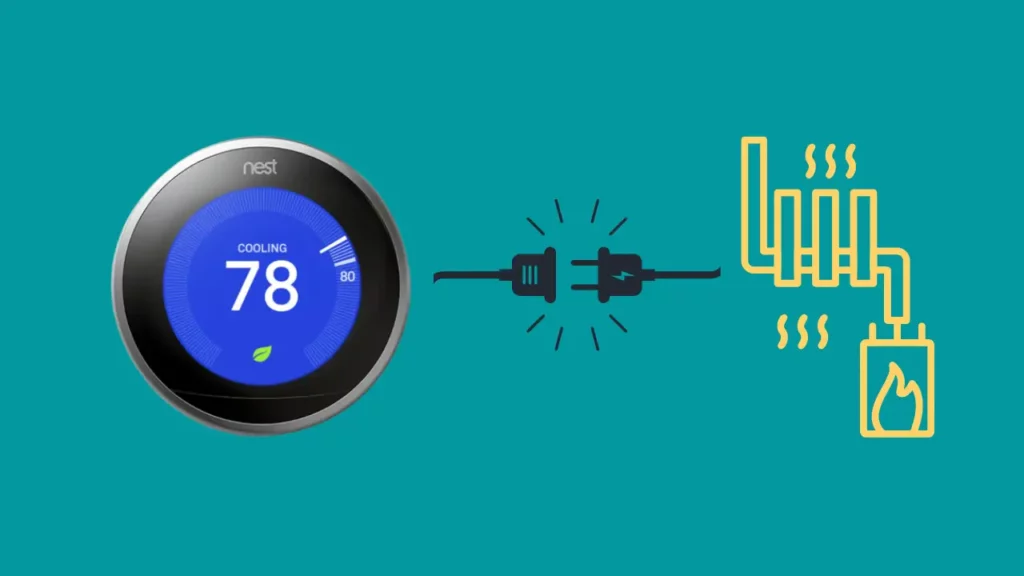
Once you know that your heat pump and Nest thermostat are compatible, you may begin the connection procedure.
To connect both, you can either use a thermostat compatibility checker guide for the wiring or call a professional.
The thermostat compatibility checker may be used as a reference since it provides a step-by-step explanation of connecting the thermostat wires.
You must be familiar with the wiring system’s labelling to connect the Nest thermostat to your heat pump.
Some homeowners may be able to do it themselves, but it will be more convenient to hire experts to put everything in place for the device to work properly.
Benefits of Nest Thermostats
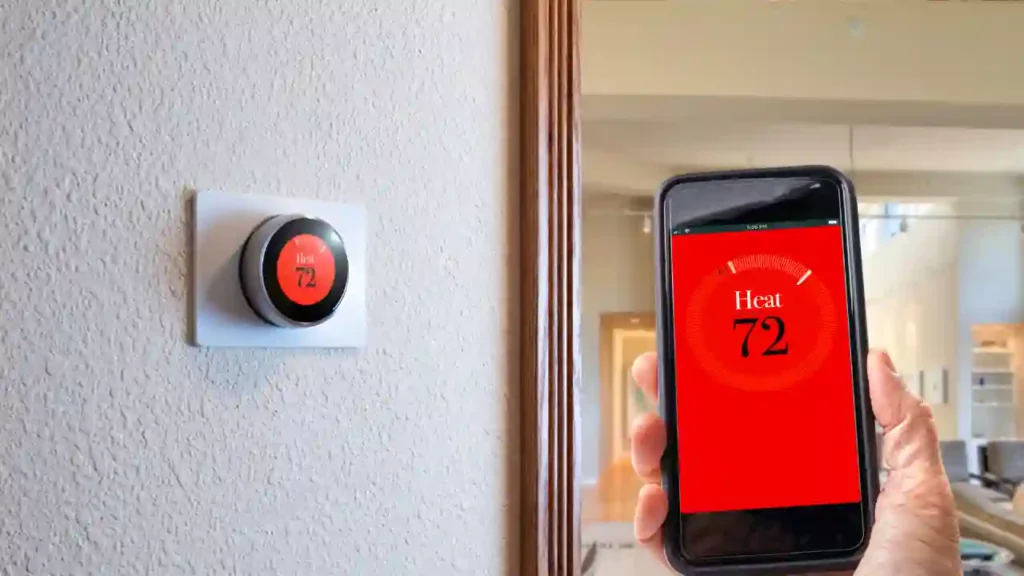
Nest Thermostats Are Remotely Controlled
You can manage your Nest thermostat on the go by using the Google Home App on your smartphone, and you don’t have to be an expert in using it.
The Nest will remember your preferred temperature settings throughout the day and create a schedule that works for your family’s lifestyle.
Consider that when you arrive home, your living environment has already been warmed or the temperature reduced to the appropriate level for you. In every way, Nest gives you many more options to increase your comfort level in your house.
Nest Thermostats Lower Your Utility Bills
The thermostat’s eco mode automatically adjusts the temperature to save electricity when you leave your house. The eco mode allows homeowners to experience greater interior comfort while paying less for energy bills.
The Nest thermostat can adjust the temperature setting to fit your home’s routine thanks to this energy-saving function. The average annual savings from this feature can reach up to $140.
Additionally, the Nest thermostat has a built-in motion sensor to determine if someone’s at home and adjust the temperature accordingly.
Nest Thermostats Can Monitor Your HVAC System
The Nest thermostat monitors your home’s heating and cooling system to ensure everything is functioning properly. You will receive notifications if it spots any possible problems, such as the heating system not heating the room, as well as maintenance reminders in situations like your filter getting clogged.
Additionally, it makes it easier to locate a local HVAC specialist if you ever need one.
Nest Thermostats Can Monitor Energy Usage
The Energy History function on the Nest thermostat allows you to keep tabs on your daily energy usage. It produces a report at the end of the month to offer you a more comprehensive picture of your monthly energy use.
The report includes precise information on the hours of the day when energy use is highest. Users may use this function to do budgeting and prepare for their energy costs.
Nest Thermostats Provide Timely Information
Your Nest thermostat automatically brightens the display when you walk into a room to check it, making it easy to view crucial details like the time, temperature, and weather.
It also shows the outside temperature and humidity when the ring is pressed.
Nest Thermostats Track Local Conditions
Because of its incredible features and advantages, one of the best thermostats on the market has to be Nest. Depending on elements unique to your region, your Nest can make the necessary modifications. It can regulate the climate and look for pollutants and other potential outside factors.
Heating Systems That Nest Thermostat is Not Compatible With
These are a few scenarios where the Nest Thermostat will not work with specific heating systems despite being rare. Additionally, in some circumstances, your Nest Thermostat may function after making particular system updates.
Here’s a list of those cases where the Nest thermostat will be incompatible with the heat pump:
- High-voltage heating systems: If your heating system is a high-voltage one, it will not be compatible with the Nest thermostat. While you may use a 24 V system with your Nest, 110 V or greater will cause it to malfunction. To be cautious, check the voltage of your heat pump.
- Solid fuel systems: The Nest Thermostat is incompatible with systems that run on solid fuels like coal or wood. Fortunately, heat pumps hardly ever make use of these power sources.
- Proprietary systems: If the wires in your thermostat’s connector have non-standard labels, Nest usually won’t work with them.
- Stranded cables: If you have had a thermostat and are thinking of switching to a smart one, you cannot use stranded wires or the earlier wiring with the Nest Thermostat as these wires are high voltage.
If you have any questions regarding the heat pump’s compatibility, get in touch with a professional expert.
Does Nest Work With Two-Stage Heat Pump?
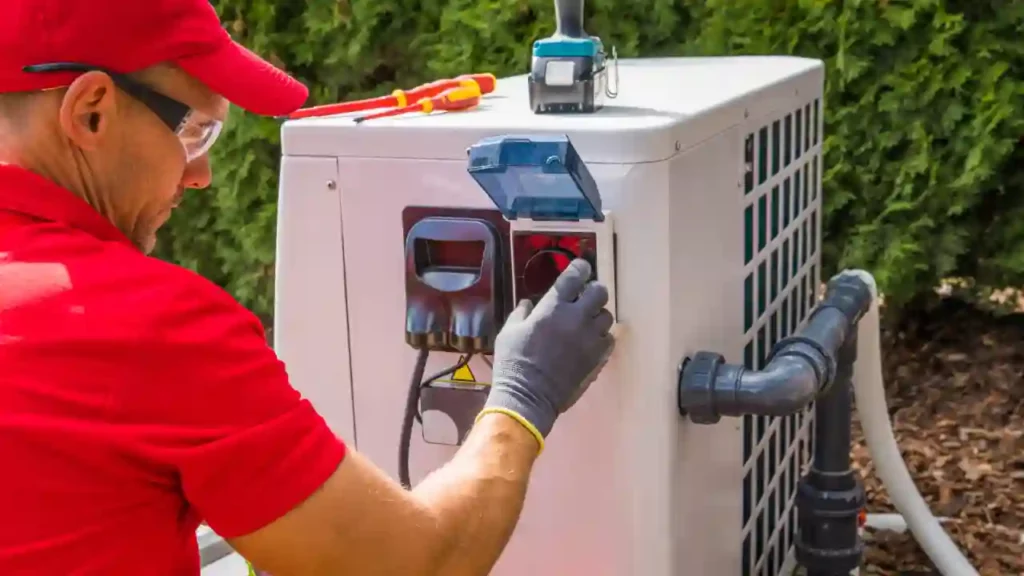
If you are an early user of Nest and you have either the Nest Thermostat or Nest Thermostat E, then two-stage heat pumps are incompatible with your version of the device.
However, if you are not an existing user and are contemplating installing one, then The Nest Learning Thermostat, a more advanced and pricier model, is an option, as it works with a two-stage heat pump.
Even though it costs almost twice as much as the Google Nest Thermostat, it is one of the few smart thermostats that can be used with two-stage heat pumps.
You should know a few details before purchasing the device.
Although these devices are compatible with two-stage heat pumps, additional cabling and setup are still required; therefore, hiring an expert is recommended. Additionally, only one of these systems may be supported by the Nest Learning Thermostat at once.
Final Thoughts
By selecting a Nest thermostat, you are making a wise decision because you may benefit from various conveniences. Even while you are gone, you may still manage the cooling temperature in your house. It greatly reduces your energy costs, provides you with immediate information so you may take proactive action, and, in the end, provides you with a report on your energy consumption so you can budget for your utility costs.
And additionally, a heat pump can also function with a Nest thermostat. But before you spend money on this item, it is important to ensure it is compatible with the heat pump.
To help you through the procedure and ensure a successful connection of the Nest thermostat to your heat pump, Google offers a compatibility checker that you can use to determine whether the Nest thermostat is compatible with a heat pump or not.
Once you confirm that it is, it’s advisable to engage HVAC professionals to install and set up your Nest thermostat. You may get a thorough evaluation of your home’s heating and cooling system with professional assistance.
Frequently Asked Questions
Do I need a special thermostat for a heat pump?
Heat pumps require a specialized thermostat that can handle the two-stage cooling and heating cycles that are unique to this type of system. This type of thermostat allows you to select from various temperature settings and is equipped with a reversing valve that switches the direction of the refrigerant flow, depending on whether you are heating or cooling a space.
Do smart thermostat work with a heat pump?
Smart thermostats can be programmed to maintain the temperature of your home in an energy-efficient way, which is especially beneficial for heat pump systems. Smart thermostats also allow you to adjust and monitor your system remotely, making it easy to stay on top of your heating needs. With the right features and settings, you can even maximize the efficiency of your heat pump system.
Does Nest save money with heat pump?
Nest thermostats can save you money with their heat pump by managing the temperature of your home. Heat pumps use up to 40% less energy than traditional heating systems, so they can help reduce monthly bills significantly. With a Nest thermostat, you can program it to adjust the temperature based on when people are home and away. This allows you to save energy when no one is home, but still, maintain a comfortable temperature for when people come back.
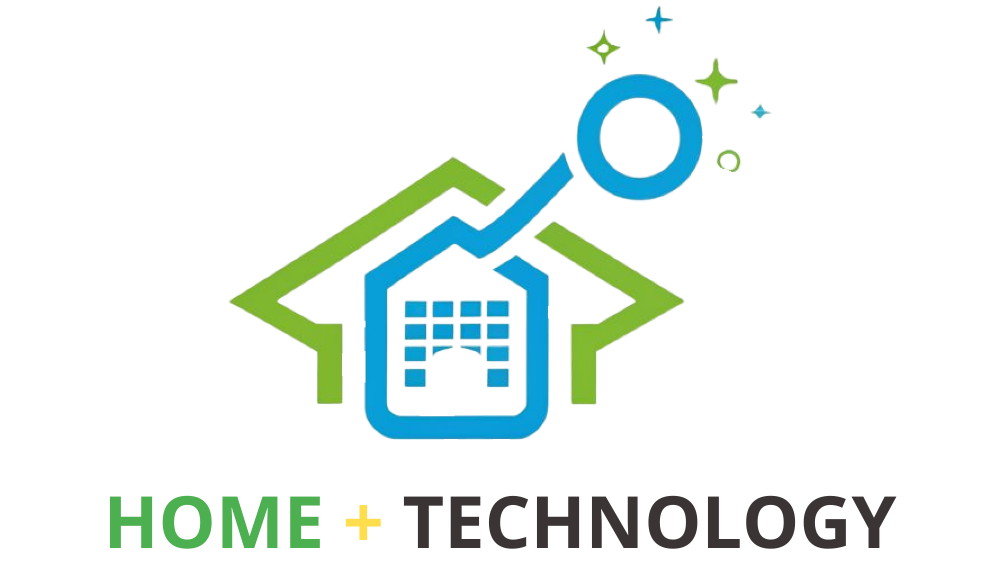



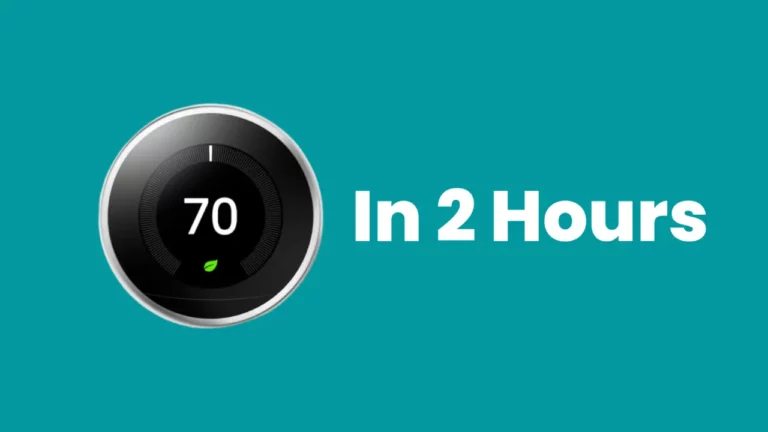
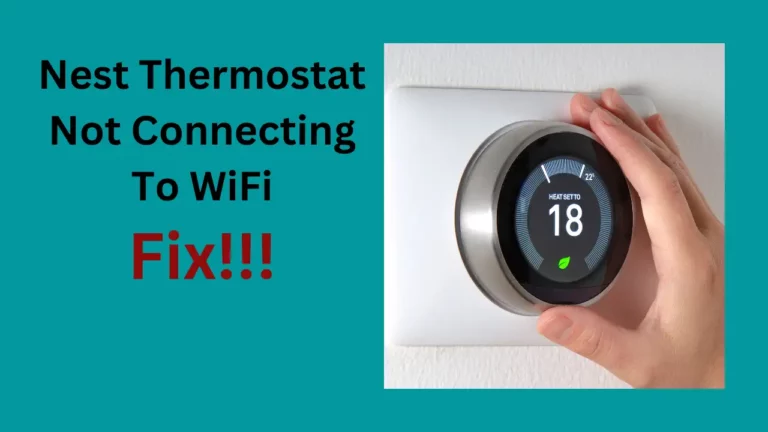
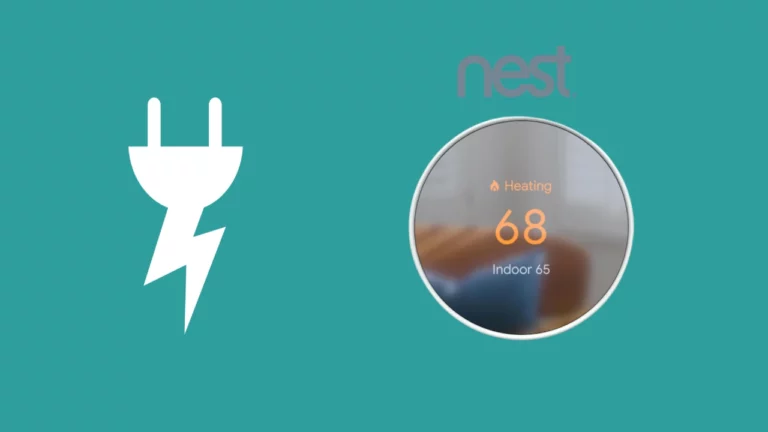
![Nest Thermostat Not Cooling [Solved 100%]](https://howtl.com/wp-content/uploads/2022/07/Nest-Thermostat-not-Cooling-768x432.webp)